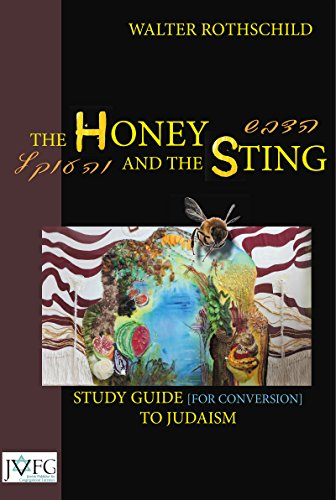 The Polish translation of The Honey and The Sting will serve as a key educational tool for generations of people seeking authoritative and clear message about Judaism. In addition to the Polish speaking community in Poland, England and Chicago many other Serbo-Croatian dialects will be able to understand and use this book. The cost of the project is estimated at $18,000. This is a perfect opportunity to support a valuable educational tool that has a potential audience of 50 Million people.
The Polish translation of The Honey and The Sting will serve as a key educational tool for generations of people seeking authoritative and clear message about Judaism. In addition to the Polish speaking community in Poland, England and Chicago many other Serbo-Croatian dialects will be able to understand and use this book. The cost of the project is estimated at $18,000. This is a perfect opportunity to support a valuable educational tool that has a potential audience of 50 Million people.
This Book developed over several decades because there was a perceived need for it! The author, a congregational rabbi working and teaching initially in a Reform synagogue in Northern England, found that none of the books then available spoke to the realities of Jewish life in this country and this region and this community. Everything seemed to be focused on Israel or America or an idealized Ashkenazi Orthodoxy or – the past, but not the present. Some were written by very pious Jews, some by secular Jews and some, bizarrely, by non-Jews who treated Judaism as a sociological phenomenon. (One must add that some were also written by Anti-Semites.)
Many books about Judaism confuse the issues of the History of Judaism, the Beliefs and Practices of Judaism, and actually Being Jewish. To this can be added the challenges connected to Becoming Jewish. These challenges are due to several factors which most books either overlook or deliberately blur – which is why ‘The Honey and the Sting” was written with a different aim in mind.
One of these factors is of course that Judaism as a Religion speaks of and believes in a just and loving God, whereas Jewish History teaches us how much Jews have often been unjustly treated and hated. This is not a new theological issue, but it is one that needs to be faced. One result is that there are libraries filled with books on Jewish suffering, especially the Shoah for the simple reason that this catastrophe is historically and geographically closest to all of us in Europe – to the extent that some people might feel that “being” Jewish” automatically means ”To Suffer without knowing Why”. This is NOT a good start!
Then there are alternative attitudes, whereby people may think that ”Being Jewish” is nowadays an easy option, that it brings with it a sense of deep Faith, of Peoplehood and Family, of Security and even Prosperity. Whilst some people see these ideas as positive and even a good reason to become Jewish, others see them as negative and accuse the Jews of being unduly strong and controlling politics and the economies of the world! But: The reality is actually very different to both these perspectives.
There are those who describe ”The Jews” as though they are all somehow alike or at least very similar, without differentiating between different periods, different countries and continents, different theological approaches and different Jewish cultures, different levels of observance or openness. Here we have to say that it is very hard for a book written by an Orthodox Rabbi to acknowledge Progressive Judaism in any way, whereas it is much easier for a Progressive Rabbi to write about the broader spectrum of Judaism, which includes Orthodox Traditionalism but also more intellectual or open attitudes to modern culture and discoveries, which allows for critical reading of texts, which allows for egalitarianism and a change to traditional gender roles, and much more. Not only this, but a rabbi who considers himself to be a Zionist yet lives in the Diaspora and is proud of his European roots and identity can portray the tensions and the boundaries between Jews inside and outside Israel from a different and distanced viewpoint.
Putting all this together and sprinkling it with several decades of congregational experience, teaching potential converts, involvement in interfaith discussions, on occasions defending Judaism from external attacks and Progressive Judaism from internal attacks, we end up with a book which seeks to ‘tell it as it is’, at least here, at least now. How do congregations really work? How do they relate to each other? How does the liturgy work and where has it been changed and why and how and by whom and for what purpose? How can one celebrate what were originally agricultural festivals at a different latitude and in an urban environment? How should we look at religious texts? What do the life-cycle rituals mean for us today? How should we relate to other monotheistic and other religions? How can one ”become Jewish” – what does one need to learn, how should one’s thinking change, what effect may this have upon not just your own life but the lives of others around you, and how will you feel accepted into a new group?
The title comes from a song by the Israeli composer and singer Naomi Shemer who refers to the fact that so many subjects have both a sweet and a bitter side – and yet she prays ”al kol eyleh…” – it all belongs together….. both the honey, and the sting, come from the same creature. Both the sweeter and the bitter parts of Jewish experience come from the same Creator. The intention – which has been borne out by those who have read the English and the German versions – is that a person who reads and learns from this book in Polish will also acquire this more balanced perspective, not naively optimistic, not depressively pessimistic, but with a touch of both…..
Rabbi Rothschild was kind of enough to set forward the problems and the challenges his book, “The Honey and The Sting” address in a special discussion one of the evenings of the Beit Din held in Krakow in November 2017. These are some of his notes from that discussion.







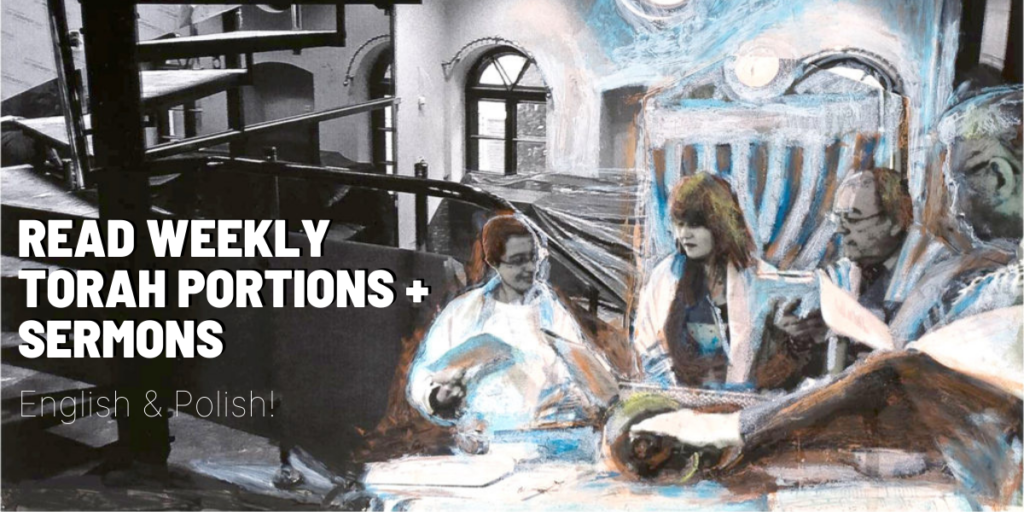


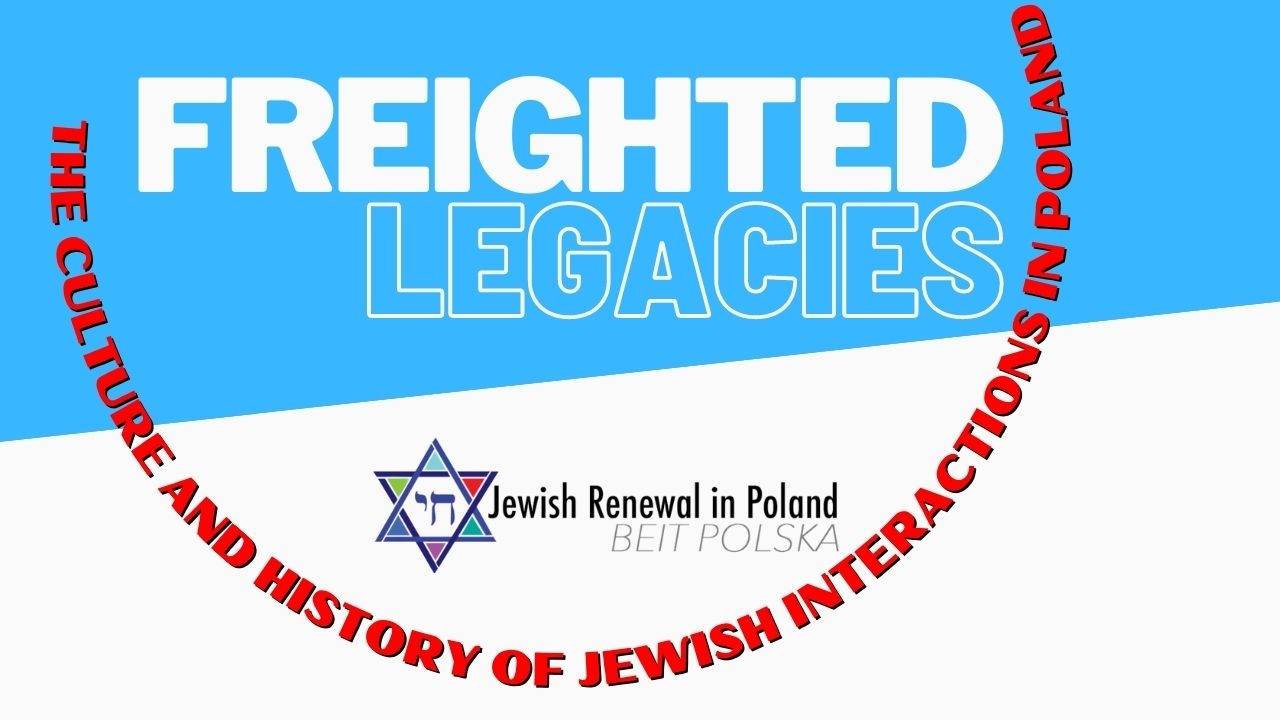
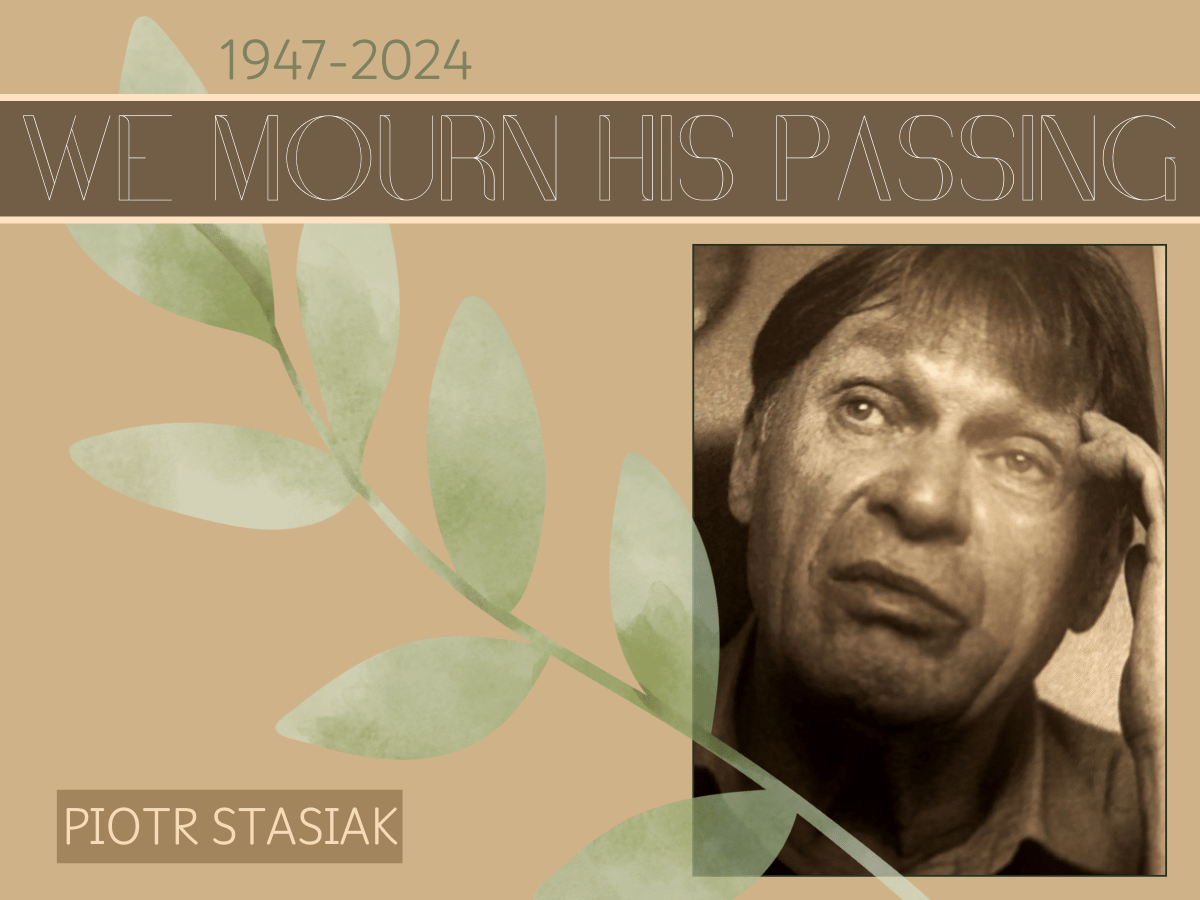

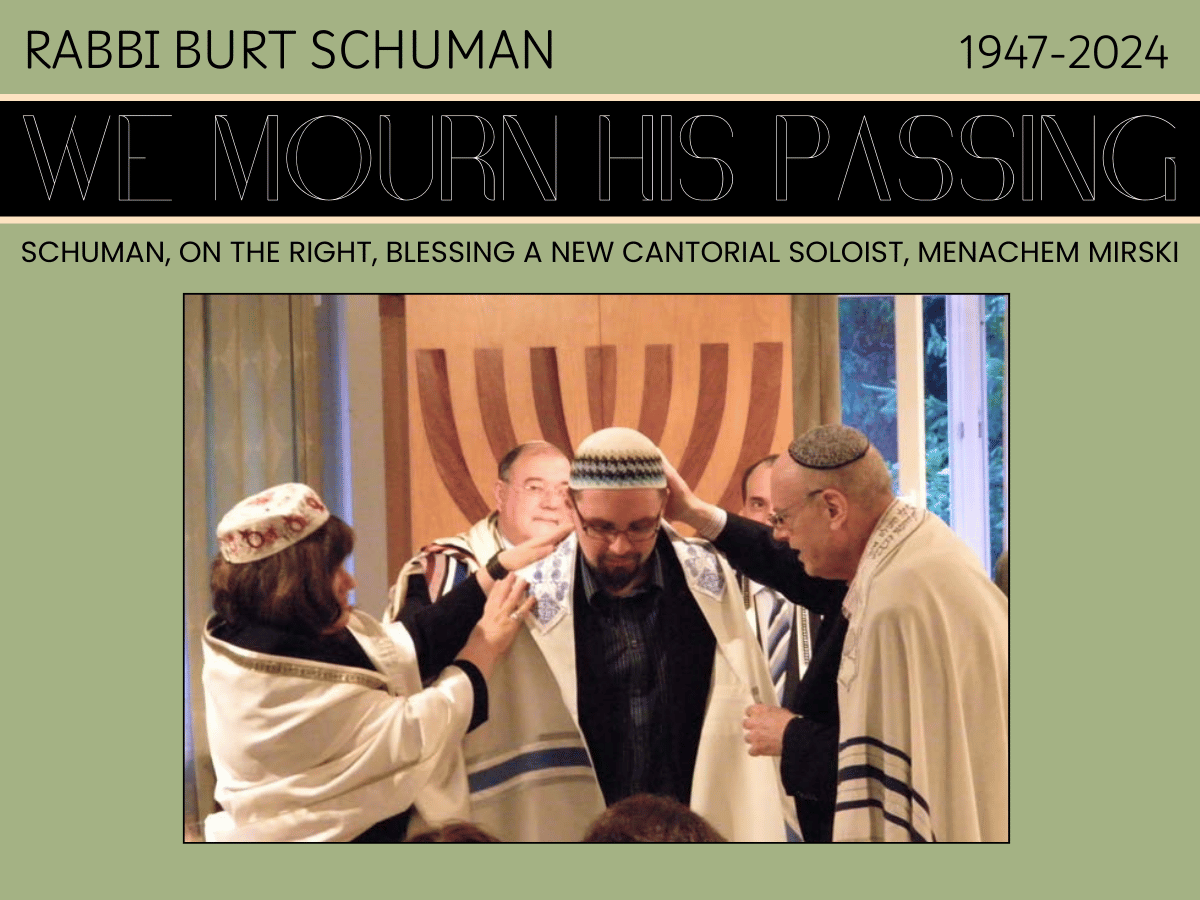




Leave a Reply